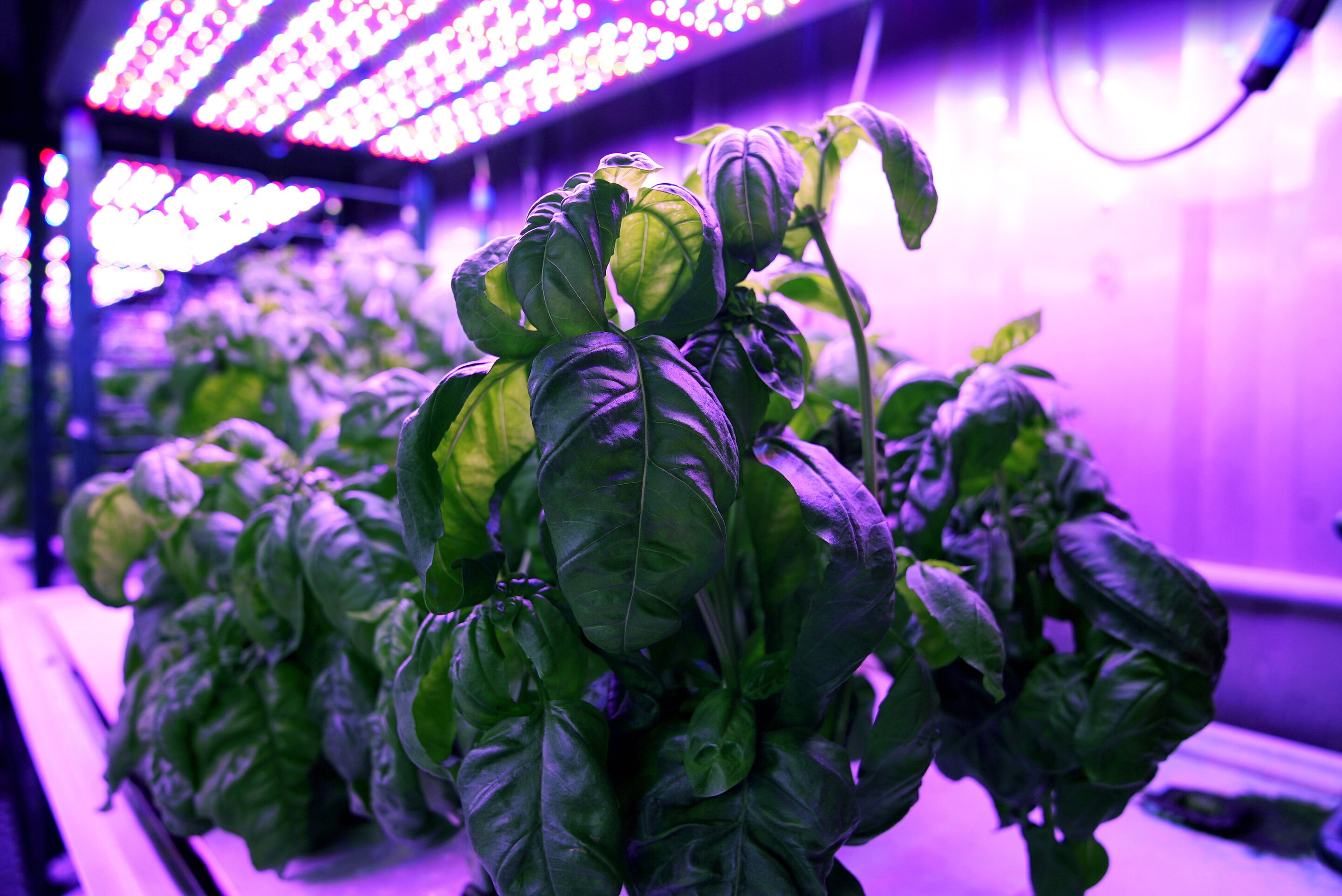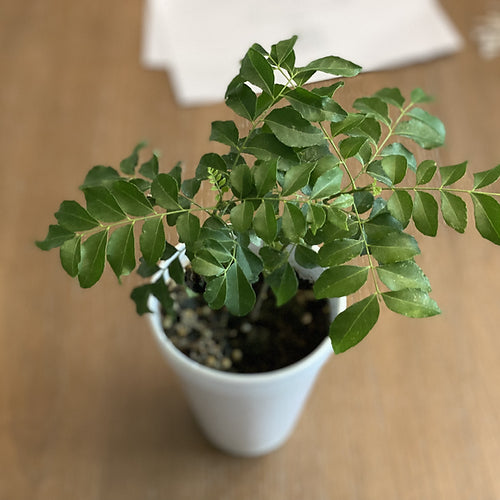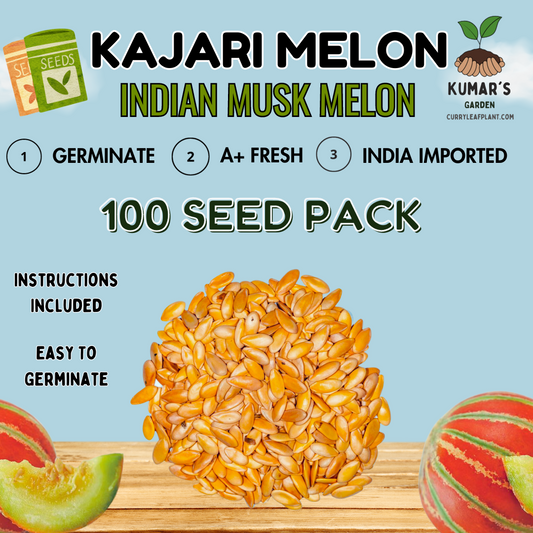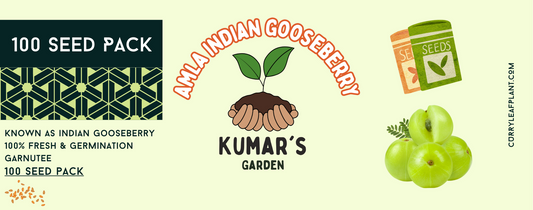Maximizing plant health through effective fertilizer application is essential for promoting optimal growth and development. This guide will provide valuable insights into using 10-10-10 fertilizer effectively, covering topics such as nutrient uptake, fertilizer application, and choosing the right fertilizer for specific plants.

Key Takeaways
- Scheduling fertilization according to seasonal plant development cycles is crucial for effective nutrient uptake.
- Dilute the fertilizer to half or quarter strength to avoid over-fertilization and apply it to the soil, ensuring it reaches the root zone.
- Understanding the N-P-K ratio is important for selecting the right fertilizer for specific plant needs.
- Consider supplemental nutrients for optimal plant growth and address nutrient deficiencies effectively.
- Using spreaders and sprayers can help evenly distribute granular fertilizers and administer liquid fertilizers directly to the root zones.
Maximizing Nutrient Uptake

Scheduling Fertilization for Seasonal Plant Development Cycles
Timing your fertilization to align with your plants' growth stages is critical for effective nutrient uptake. Begin the growing season with high-nitrogen fertilizers to promote vigorous leaf and stem growth in young plants. As plants transition to flowering and fruiting, adjust your fertilization to provide the necessary phosphorus and potassium for these stages.
By strategically planning your fertilization timetable, you are positioning your garden to yield an abundant and healthy crop throughout the growing season. Each vegetable has its own nutritional needs that vary along with its development cycle, and your fertilization techniques should adapt accordingly to support this natural progression.
To enhance your vegetable garden's productivity, adopt effective fertilization techniques that maximize the harvest and nurture vigorous plant growth at every stage of seasonal development.
Here are some general guidelines to help you develop a fertilizing schedule:
- Early spring: Apply a balanced fertilizer with higher nitrogen (N) levels before bud break.
- Pre-bloom: For many fruit trees, additional fertilization may be needed before the bloom period.
- Growing season: During spring and summer, fertilize regularly based on plant needs.
- Fall and winter: Reduce or stop fertilization as plant growth slows.
Remember, the type of fertilizer also matters. A balanced fertilizer with an NPK ratio close to 1:1:1 is ideal for providing a well-rounded nutrient spectrum for healthy growth. Tailoring fertilization to the unique needs of diverse plant types can lead to better growth and yield.
Using Slow-Release Fertilizer Options
Slow-release fertilizers are a boon for gardeners seeking to minimize maintenance while ensuring their plants receive a steady supply of nutrients. Encased in a moisture-reactive coating, these fertilizers gradually dispense essential elements like nitrogen, offering a controlled nutrient release that aligns with the plant's needs.
Convenience and stability are the hallmarks of slow-release fertilizers. They necessitate fewer applications, thus reducing the risk of nutrient imbalances and the potential for harmful leaching into the environment. For those practicing hydroponics, it's crucial to select products tailored for water-based systems to guarantee optimal nutrient availability.
When integrating slow-release fertilizers into your gardening routine, consider the specific requirements of your plants and the local climate to determine the best application schedule.
Here's a quick guide to using slow-release fertilizers effectively:
- Identify the nutrient needs of your plants.
- Choose a slow-release fertilizer with the appropriate N-P-K ratio.
- Apply the fertilizer according to the manufacturer's instructions.
- Monitor plant growth and adjust fertilization as needed.
- Reapply only when necessary, typically once per season or as indicated by the product.
Understanding Nutrient Deficiencies and Solutions
Nutrient deficiencies can severely impact plant health, leading to symptoms like stunted growth and discolored foliage. Regular monitoring is crucial for early detection and effective management of these deficiencies. Familiarize yourself with the common signs to diagnose issues promptly.
Identifying and addressing specific nutrient deficiencies requires a tailored approach. For example, treating nitrogen deficiency involves supplementing with a nitrogen-rich fertilizer, while correcting potassium deficiency may necessitate the use of potash.
To ensure a comprehensive nutrient supply, consider the use of a balanced hydroponic fertilizer solution. Adjusting pH levels and using supplements such as calcium nitrate or magnesium sulfate can also be beneficial.
Here is a quick reference for managing common deficiencies:
- Nitrogen Deficiency: Yellowing of older leaves, stunted growth
- Phosphorus Deficiency: Dark green or purplish foliage, poor root development
- Potassium Deficiency: Brown scorching and curling of leaf tips
- Calcium Deficiency: New leaves misshapen or stunted, blossom end rot in tomatoes
- Magnesium Deficiency: Yellowing between leaf veins, leaf curling
Remember, preventing micronutrient deficiencies is as important as treating them. Ensure your fertilizer includes a balanced blend of micronutrients like iron, manganese, zinc, and copper.
Effective Fertilizer Application

Dilution and Application
Proper dilution and application of fertilizer are critical to plant health and nutrient uptake. Dilute the fertilizer to the recommended strength, typically half or quarter strength, to prevent salt buildup and root damage. Apply the diluted solution directly to the soil, targeting the root zone and avoiding foliage to prevent leaf burn.
Fertilizers are often available as concentrated powders or crystals that need to be dissolved in water. The correct dilution ensures that the nutrients are available to the plant without causing toxicity. Here's a simple guide to dilution ratios:
| Fertilizer Type | Recommended Dilution Ratio |
|---|---|
| 10-10-10 | 1:1 (Equal parts water) |
| 20-20-20 | 1:2 (Double the water) |
Regular watering between applications is essential to wash the nutrients deeper into the root zone and promote a healthy root system. Over-application can lead to irregular growth and potential damage, so it's important to follow the manufacturer's instructions.
Application Tips:
- Always fertilize when the soil is moist, not dry.
- Water the plant after fertilizing to help distribute the nutrients and prevent leaf burn.
- Reduce fertilization frequency during the plant's dormant phases, typically in fall and winter.
Avoiding Over-Fertilization
Over-fertilization can be as detrimental to plant health as under-fertilization. Applying too much fertilizer can harm plant roots, lead to nutrient imbalances, and increase susceptibility to pests and diseases. To prevent these issues, follow these guidelines:
- Measure Accurately: Always use precise measurements when mixing fertilizer to ensure you are not exceeding the recommended application rates.
- Monitor Regularly: Keep an eye on the electrical conductivity (EC) and pH levels to gauge nutrient intensity and adjust as needed.
- Water Appropriately: After fertilizing, water the area to help dissolve the nutrients and promote proper absorption by the roots.
By adhering to these practices, you can avoid the common pitfalls of over-fertilization and maintain a balanced environment for your plants to thrive.
Remember, more is not always better. Over-fertilization can lead to excessive vegetative growth, environmental pollution, and even plant damage. Use organic options where possible, as they offer soil enrichment and a more controlled nutrient release, reducing the risk of over-fertilization.
Using Spreaders and Sprayers
The proper use of spreaders and sprayers is essential for the even distribution of 10-10-10 fertilizer, ensuring that each plant receives the optimal amount of nutrients. Avoid direct contact with plant foliage to prevent potential burns, particularly with nitrogen-rich fertilizers.
When using sprayers, it's crucial to adjust the spray volume throughout the growing season to maintain adequate coverage as plants grow.
Adhering to the manufacturer's instructions is not just a recommendation—it's a necessity to prevent over-fertilization, which can be detrimental to both plant health and soil quality. For granular fertilizers, spreaders allow for a gradual release of nutrients, ideal for heavy-feeders. Conversely, liquid fertilizers provide a quick nutrient boost and are best applied directly to the root zone for fast absorption.
Here is a simple checklist to ensure effective application:
- Confirm the type of fertilizer (granular or liquid) and select the appropriate tool (spreader or sprayer).
- Adjust settings on the tool according to the manufacturer's guidelines.
- Apply the fertilizer evenly, avoiding high concentrations in any one area.
- Monitor plant response post-application to gauge effectiveness and make necessary adjustments.
Choosing the Right Fertilizer
Understanding N-P-K Ratio
The N-P-K ratio, a critical aspect of fertilizer composition, is essential for tailoring nutrition to your plants' specific needs. Understanding this ratio is the first step in choosing the right fertilizer for your garden or farm. The numbers, such as 10-10-10, represent the percentages of nitrogen (N), phosphorus (P), and potassium (K), respectively. Each element serves a unique purpose: nitrogen promotes leaf growth, phosphorus supports root and flower development, and potassium is crucial for overall plant health.
Matching the N-P-K ratio to your plants' growth stage and nutritional requirements can significantly impact their health and productivity.
Here's a simple guide to what each number in the N-P-K ratio means for your plants:
- Nitrogen (N): Encourages vigorous leaf and stem growth.
- Phosphorus (P): Essential for root development and flowering.
- Potassium (K): Important for disease resistance and water regulation.

It's important to note that different plants and growth stages may require varying ratios. For instance, leafy greens often benefit from a higher nitrogen level, while flowering plants may need more phosphorus. Always consider the specific needs of your plants when selecting an N-P-K ratio.
Considering Supplemental Nutrients
While the balanced N-P-K ratio of 10-10-10 fertilizer addresses the primary nutritional needs of plants, supplemental nutrients may be necessary to correct specific deficiencies or enhance plant health. Elements like calcium, magnesium, and sulfur play critical roles in plant physiology and may not be sufficiently provided by a standard fertilizer mix.
Regular monitoring of plant health is essential. Identifying signs of nutrient deficiencies early allows for timely intervention with the appropriate supplements, ensuring robust growth.
Supplements such as fish emulsion, seaweed extract, or Epsom salt can provide these additional nutrients. Here is a list of common supplements and their benefits:
- Calcium (Ca): Essential for cell wall structure and stability.
- Magnesium (Mg): Vital for chlorophyll production and enzyme activation.
- Sulfur (S): Important for protein synthesis and some enzyme functions.
Incorporating these supplements into your fertilization regimen can significantly improve plant vitality and yield.
Selecting Fertilizer Types for Specific Plants
When it comes to maximizing plant health, selecting the right fertilizer is as crucial as any other gardening practice. Each plant species has unique nutritional requirements that must be met for optimal growth. For instance, leafy greens such as spinach and lettuce demand higher nitrogen levels to support lush foliage, while fruiting vegetables like tomatoes and peppers benefit from an increased supply of phosphorous and potassium.
Fertilizer types vary greatly, and choosing the correct one can make a significant difference in your garden's productivity. Granular fertilizers are often preferred for their slow-release properties, providing a steady nutrient supply over time. Conversely, liquid fertilizers are favored for their quick nutrient delivery, ideal for plants in immediate need of a boost.
Here's a simple guide to help you match fertilizer types with plant needs:
- Leafy Greens: Nitrogen-rich fertilizers for foliage growth
- Fruiting Vegetables: Higher phosphorous and potassium for fruit development
- Fruit Trees: Balanced slow-release fertilizers for sustained nutrition
Remember, the goal is to complement your garden's soil characteristics and the specific needs of your plants to foster a thriving ecosystem. Tailoring your approach to fertilization is not just about the N-P-K ratio; it's about understanding the life cycle and nutritional demands of each plant in your garden.
Conclusion
In conclusion, maximizing plant health through effective fertilizer use is essential for promoting optimal growth and ensuring a bountiful harvest. By understanding the N-P-K ratio, fertilizing frequency, dilution and application techniques, and the importance of seasonal fertilization, plant enthusiasts can cultivate thriving gardens and lush landscapes. Adhering to best practices and monitoring fertilizer levels are key to preventing nutrient deficiencies and maintaining soil quality. With the right knowledge and approach, utilizing 10-10-10 fertilizer can be a valuable tool in achieving vibrant and healthy plants.
Frequently Asked Questions
What is the best fertilizer ratio for plant health?
The best fertilizer ratio for plant health is a balanced mix of nitrogen (N), phosphorus (P), and potassium (K), such as 10-10-10 or 20-20-20, along with other essential elements.
When should I fertilize my plants?
Fertilize during the growing season, which typically occurs in spring and summer. Reduce or stop fertilization during the fall and winter when the plant is in a dormant phase.
How should I dilute and apply the fertilizer?
Dilute the fertilizer to half or quarter strength according to the instructions on the product. Apply the diluted fertilizer to the soil, ensuring that it reaches the root zone. Avoid getting fertilizer on the leaves, as this can cause leaf burn.
What are slow-release fertilizer options?
Slow-release fertilizers are formulated to release nutrients gradually over an extended period. They come in granular or pellet form and are ideal for plants that require a steady and prolonged supply of nutrients.
What is the importance of understanding the N-P-K ratio?
Understanding the N-P-K ratio helps in determining the specific needs of plants and choosing the most suitable fertilizer ratio for effective nutrient uptake.
How can I avoid over-fertilization?
To avoid over-fertilization, adhere to the manufacturer's instructions, dilute the fertilizer to the recommended strength, and apply it directly to the root zones of the plants.











